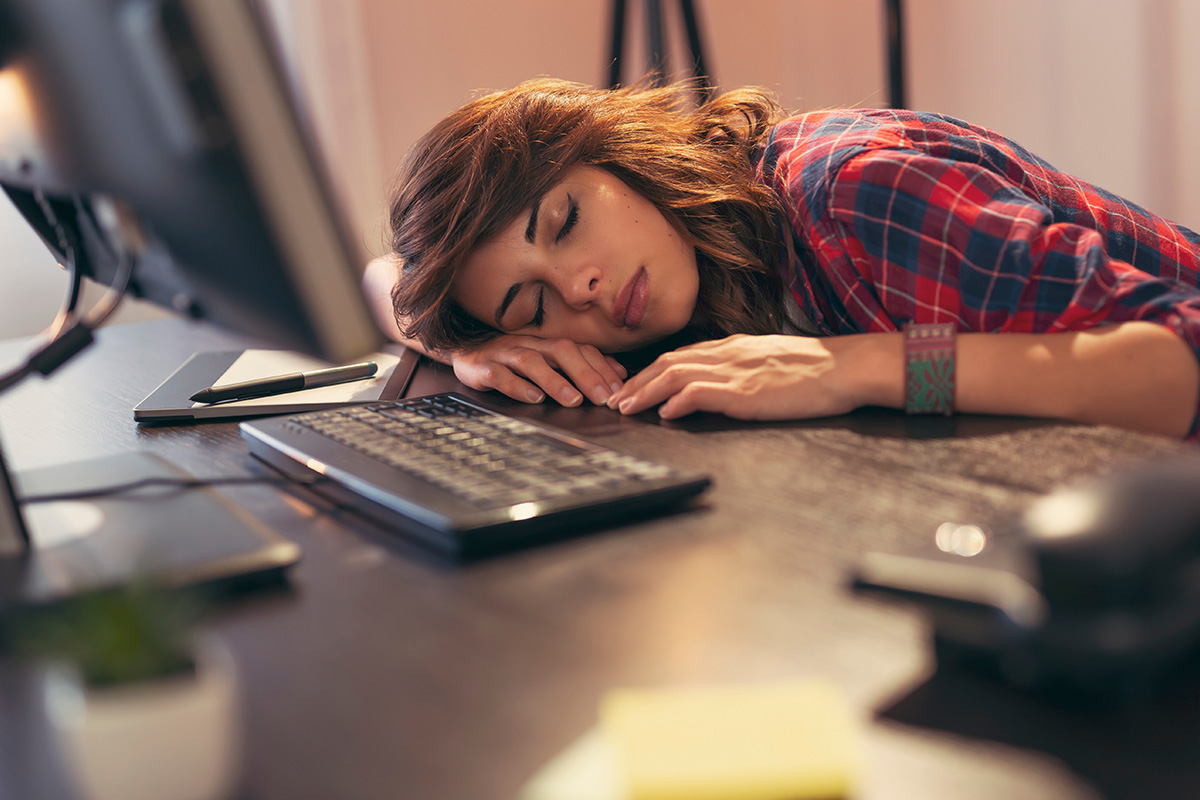
Do you love your daytime naps?
Nanna Nap. Disco Nap. Catnap. Power Nap. Siesta. A “little lie down”. No matter what you call it, for a lot of us, there is a huge appeal in taking an afternoon nap – and it’s somewhat ironic that the bane of our childhood (when our parents forced us to take a nap) can be so inviting in adulthood!
While napping is commonplace for children (voluntary or not), it declines in adulthood, then re-emerges and begins to peak again after middle age. Regardless, almost all of us at any age experience a natural increase in daytime drowsiness around eight hours after waking for the day. The urge to go to sleep in the afternoon is referred to as the “sleep drive” and is a consequence of adenosine buildup in the brain. This suggests that our bodies are designed for napping.
There is a huge difference, however, between taking a short, refreshing nap versus going into a deep daytime sleep. In many cases, waking from one’s afternoon snooze can result in feeling much worse than if you’d not slept at all. This is because, while napping can be a great way to improve alertness and relieve sleepiness, sleeping for too long or waking at the wrong stage in the sleep cycle can leave you feeling groggy, dazed, moody, and even physically unwell.
The key to successful daytime napping is to limit those afternoon snoozes to power naps.
What is Power Napping?
A power nap is a short sleep taken in the daytime that positively exploits the natural sleep cycle. It is a great way to give yourself a boost and refresh your mind and body to get you through the mid-afternoon slump or to make up for a late night or very early morning.
Our natural sleep cycle incorporates both light and deep sleep. A full cycle lasts for around ninety minutes. If you take a long nap that allows you to reach those deep stages of sleep, you’re more likely to wake feeling groggy, spacey, cranky, queasy, or dazed.
A short nap that only enables you to enter a light stage of sleep eliminates the risk of waking up feeling this way.
Ideally, your power nap will last between ten and thirty minutes. Remarkably, this is long enough to provide you with the benefits of sleep without the drawbacks of feeling groggy when you wake.
Benefits of Power Napping
Did You Know? In many warm climate countries (including Mexico, Spain, Italy, Greece, and Nigeria) the “siesta” is a sacred tradition – and for at least an hour or two in the afternoon, people stop work, shutter their shops, and take a collective afternoon nap.
A short nap of twenty minutes or so has distinct health benefits.
These include:
- Feeling re-energised
- Improved attention and alertness
- Improved memory and learning capacity
- Reduced fatigue and sleepiness
- Enhanced performance
- Improved safety (in the workplace and on the road) especially for shift-workers
- Decreased reaction time
- Improved mood
- Better cardiac (heart) health
Everyone from NASA pilots to elite athletes and shift workers enjoy better performance and recovery with power napping. NASA research demonstrated that when its pilots slept for twenty-six minutes, their alertness improved by 54% and job performance by 34%. Power napping also eliminated microsleeps, which are dangerous when driving or operating machinery.
The Perfect Power Nap
A power nap is refreshing and can improve alertness, concentration, and performance. The key to successful power napping is all in its timing.
When taken in the early to mid-afternoon and for no longer than thirty minutes, your power nap should not interfere with your nighttime sleep.
An occasional longer nap can be beneficial if you need it (e.g., after a late night). It must, however, be timed so that you wake at the end of a sleep cycle when sleep is lighter and you are naturally ready to wake up. This means a long nap of around ninety minutes.
Habitually needing or taking long daytime naps of more than thirty minutes, however, has been linked to metabolic syndrome and obesity, and may signify an underlying health condition or nighttime sleep issue that requires medical investigation (e.g., chronic insomnia, sleep apnoea, and others).
If you suffer from insomnia at night, you should avoid daytime napping.
Napping Tips!
- Nap earlier in the afternoon – napping after around 3 pm may interfere with your nighttime sleep.
- Set aside between fifteen and thirty minutes to nap, where you will not be disturbed.
- Silence or mute notifications on electronic devices.
- Set a gentle alarm on your wristwatch or phone for no longer than thirty minutes.
- Lie down or recline somewhere comfortable and close blinds or shades or use an eye mask if it helps. Ear plugs may help as well.
- Having a cup of coffee immediately before your nap can benefit some people – the caffeine will kick in just as it’s time for you to wake up. Caffeine paired with a power nap has been scientifically demonstrated to improve mental acuity and alertness, courtesy of its action on the neurotransmitter adenosine, which influences sleepiness.
After your nap, expose yourself to bright light or sunshine, splash cool water on your face, and have a drink of water or a cup of tea or coffee. A short, brisk walk can also be beneficial.
Improve Your Sleep Quality with SnoreMD
Chronic sleep deprivation cannot be counteracted by power naps. You should understand that napping during the day does not replace a quality night’s sleep. As such, optimising your nighttime sleep quality is imperative.
Snoring is the enemy of a good night’s sleep! Anything you can do to reduce or stop snoring will enhance your nighttime sleep quality and daytime mood, performance, and well-being.
SnoreMD can help! This highly successful and popular stop-snoring solution is affordable and easy to use. A mandibular advancement device, SnoreMD (the Australian brand) is used by people all over the world. It works by gently moving the lower jaw slightly forward as it is worn in the mouth during sleep, effectively opening the airways to prevent snoring.
Experience the difference for yourself – understand how it works and order yours online today.


